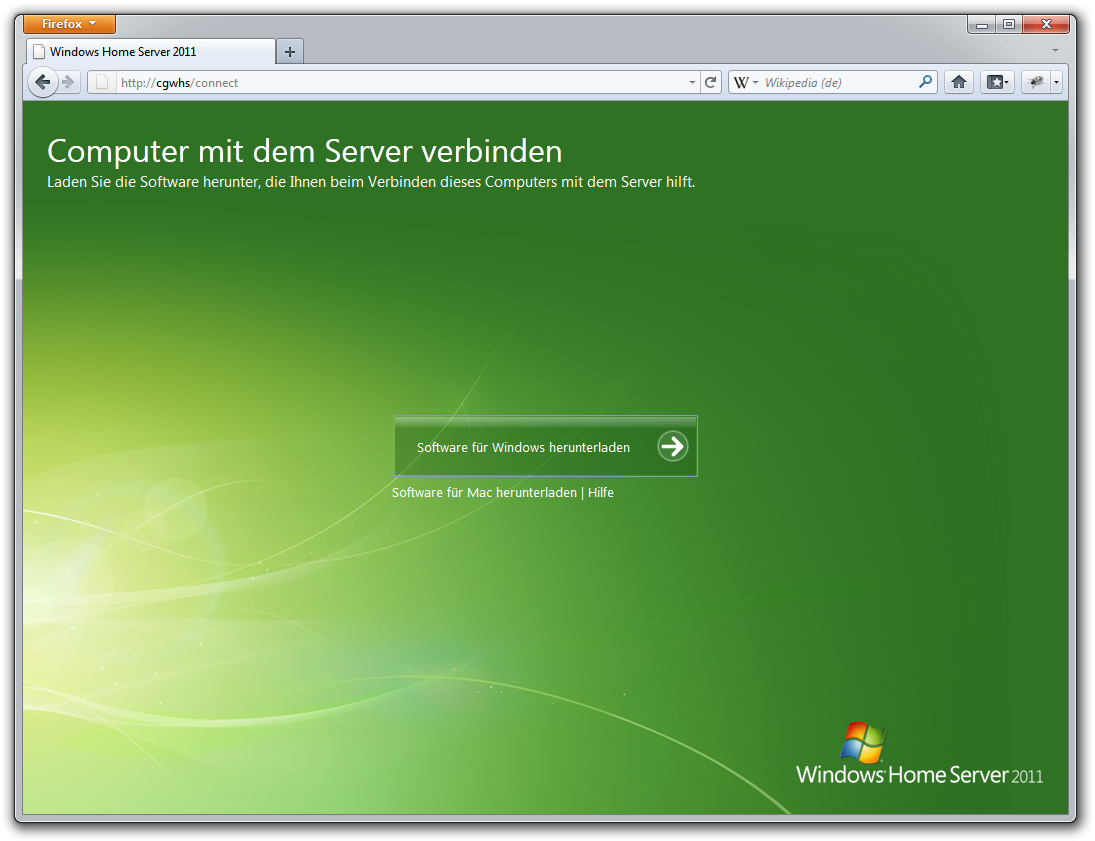

The FTP Server component is available on Windows 10 Pro as well as on Windows 10 Home, and older versions of the OS, including Windows 8.1 and Windows 7. You won't be able to access your files when the computer is asleep or hibernating. However, bear in mind that you can only establish a connection as long as the device hosting the service is turned on. In this guide, we outlined the steps to get started with the FTP server feature available on Windows 10, and the steps to view, download, and upload files. Of course, you're not limited to use File Explorer as there are plenty of FTP clients, such as FileZilla that you can use to transfer files. Supports resume and transfer of large files >4GB. Runs on Windows, Linux, BSD, macOS and more. Assign the Read&Write permissions on the directory C:inetpubftproot for the ftpusers group. Create the two other users in the same way. Add user to group: net localgroup ftpusers ftpuser1 /add. Create a new local user: net user ftpuser1 /add. Supports FTP, FTP over SSL/TLS (FTPS) and SSH File Transfer Protocol (SFTP) Cross-platform. Create a local group: net localgroup ftpusers /add.

You can avoid going through the steps to reconnect to the FTP server by right-clicking Quick Access in the left pane, and selecting the Pin current folder to Quick Access option. Among others, the features of FileZilla include the following: Easy to use.


 0 kommentar(er)
0 kommentar(er)
